
Using appropriate diagnostics and creating a treatment plan that maximizes client compliance, facilitates good antimicrobial stewardship and treatment success
Dr. Boatright, a 2013 graduate of the University of Pennsylvania, is an associate veterinarian, freelance speaker and author in western Pennsylvania. She is actively involved in the AVMA House of Delegates as well as her local and state veterinary medical associations. She is a former national officer of the Veterinary Business Management Association.

Using appropriate diagnostics and creating a treatment plan that maximizes client compliance, facilitates good antimicrobial stewardship and treatment success

Prevention strategies can help protect dogs from infection with resistant strains

General practice veterinarians and their teams should be comfortable answering 3 common questions about puppy and kitten dietary needs to get these young pets off to a healthy start
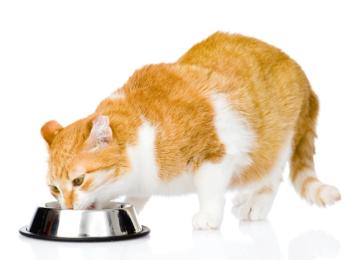
Understanding the clinical picture and performing appropriate diet trials will improve identification of patients suffering from food reactions, including allergy
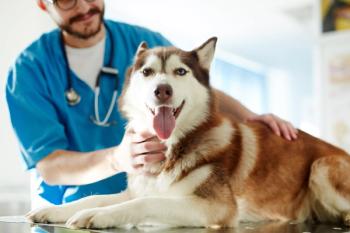
The role of the gastrointestinal tract in optimal function of an animal’s body is complex. Maximizing the function of the GI tract can help improve the overall health of patients.
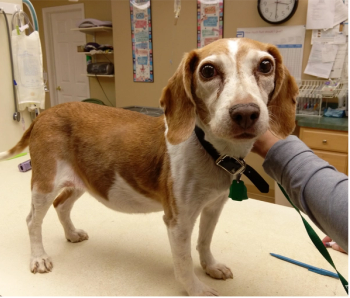
Reducing cortisol secretion helps treat dogs with hyperadrenocorticism, an often-frustrating disease to diagnose.

Learn how you can improve your skills as a phlebotomist to maximize successful blood draws by understanding what affects sample quality, proper patient positioning, and how to work with difficult veins.

Communication among members of the veterinary team or between the veterinary team and clients can sometimes become tense, but we can improve the outcomes by understanding key principles of communication and learning to de-escalate a situation.

Veterinary patients presenting with head trauma can be intimidating but can improve immensely with intravenous fluid therapy, supplemental oxygen, and nursing care.

Management of stress-associated conditions in cats should utilize a multi-pronged approach including ensuring basic needs are met, environmental enrichment, behavior modification, and the considered use of pharmaceuticals or supplements.

During a session at an AVMA Virtual Convention, a veterinary cancer specialist discusses key facts about the disease to help clients make the best decision for their pet.
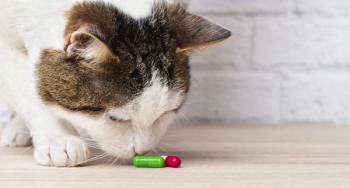
Antimicrobial resistance is considered a major threat to public health. How can the veterinary profession be a part of the solution?

Serious prescription errors have been reported when pet prescriptions are filled at community pharmacies. Awareness of why these errors might occur and strategies for prevention will help protect patient health and improve working relationships between veterinarians and community pharmacists.
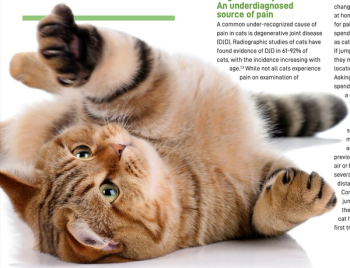
Understanding feline behavior is challenging, especially when it comes to identifying behaviors that indicate the presence of pain.

Serious prescription errors have been reported when pet prescriptions are filled at community pharmacies. Awareness of why these errors might occur and strategies for prevention will help protect patient health and improve working relationships between veterinarians and community pharmacists.

Veterinary technicians play a critical role in identifying and treating blocked cats in the emergency department.
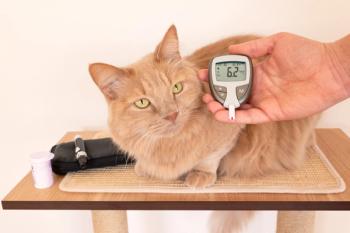
Successful management of diabetes in veterinary patients requires patience, data, and an individualized approach.
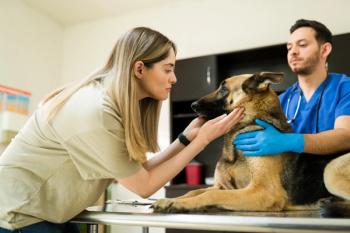
Deciding to euthanize a pet is a difficult decision. Veterinarians can guide owners through the process and make the road to death more comfortable for both the patient and client by using a combination of compassion and medical expertise.

Treating constipated cats can frustrate many veterinarians due to the chronic, recurrent nature of the disease. Developing an effective management strategy can improve outcomes for these patients.

Identifying pain in a dog and discussing it with owners can be difficult, but proper pain assessments will improve your canine patients’ quality of life.

An increasing understanding of endocannabinoid system function and a growing body of literature on cannabinoid therapy point toward a promising future for cannabinoids in veterinary medicine.
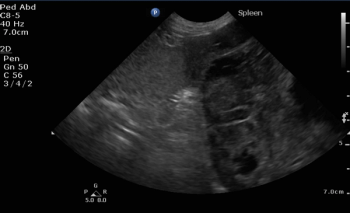
A renowned veterinary oncologist outlines the current knowledge about this cancer of the blood vessel walls, from presentation to prognosis.
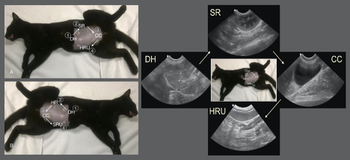
Proper use of focused assessment with sonography for trauma, triage, and tracking (monitoring) allows clinicians to evaluate both obvious soft-tissue abnormalities and ascites in the abdomen.

Veterinarians are keenly aware of the errors and frustrations that can occur when working with a retail pharmacy. Building relationships with pharmacists can help improve patient outcomes.

During the opening keynote at the AVMA Virtual Convention last month, a financial expert discussed the true meaning of wealth and the importance of self-care in achieving success.
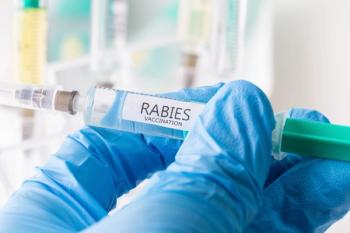
Veterinarians have an essential role in protecting public health through rabies vaccination, but laws surrounding rabies vaccination and exposure vary across the United States. Here’s what to know.

Is your newest associate a brand new graduate? Every member of the veterinary team can play a role in helping these young veterinarians succeed.
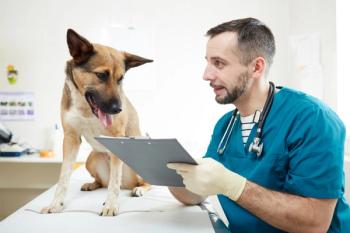
Antibody titers are a tool to assess an individual patient’s immune response to vaccination for some common diseases. As titers grow in popularity, veterinarians must learn when to perform them and how to interpret the results to maintain patient health.

Nascent research from China details the potential for infection with SARS-CoV-2 in domestic animal species, including ferrets, cats and dogs, as well as some livestock.

Veterinary teams can improve patient health and the practices bottom line by focusing on preventive care, according to this educator at last year's American Association of Feline Practitioners conference.